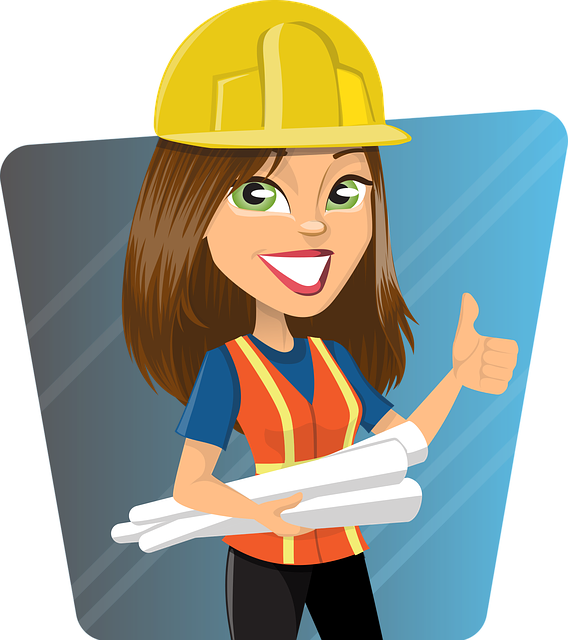This year August 10-16 is OSHA’s Safe and Sound Week. As you know we believe in safety culture and keeping employees safe!
And this year the challenge of keeping everyone safe may be more difficult since many employees are working from home. While corporate safety managers specialize in keeping the warehouse and factory floor safe, they may not have as much expertise in the variety of home offices that their employees have devised.
However, no matter where your employees might currently be located, the core of safety and health programs is the same: “… the systematic process for finding and fixing workplace hazards”, per OSHA.
Safety systems
This process needs to involve the workers, who are best able to spot hazardous conditions. In addition, regular inspections should be conducted, incidents should be investigated to find out their root causes, and reviewing the available info about dangers that are present. And periodically making sure that the controls you put in place are active and effective.
Easy enough to do in the warehouse! Safety managers are able to walk around and conduct inspections at any time and demonstrate their commitment to the safety of their workers.
But what about at home?
Rely on your workers for their determination of whether they need additional equipment to stay safe. Those who use computers need to make sure their space is ergonomically correct. It’s one thing to sit on the sofa with a laptop occasionally, but it doesn’t work long-term.
Employees working from home need to set aside a dedicated space, among other ways to stay safe. Using a sit-stand desk can help add in more movement to their day, so they’re not sitting too much and increasing their health risks by doing so.
Workers are important for the safety program
In addition to spotting the hazards in their daily work, they should report incidents which can then be investigated for root causes. They can define and document safe work practices and conduct site inspections, not to mention train and mentor new coworkers in safety. And evaluate the programs to determine whether they’re working or need improvements or updating.
Should they be doing this at home?
Yes! Continue the idea of safety culture everywhere by ensuring that they have safe conditions at home. In addition to the ergonomics, there may be slip, trip and fall hazards too. Depending on their hobbies, there may or may not be hazardous chemicals in their dedicated workspace.
Reporting incidents and investigating them will be on the workers while they’re at home, but managers can certainly lend support and help talk through anything that may have occurred. You can collect the best practices of working from home safely from everyone at home and disseminate them.
Sometimes it’s easy for workers to get complacent, particularly when they’ve been operating safely at work for some time. Instituting safety programs at home can help them shake up their attitudes. They’ll be able to explore new ways of staying safe at work, new procedures to follow and policies to document.
Having everyone create a safety culture while they work at home can reinvigorate your corporate safety and health programs. Not only while working from home, but also when everyone comes back to the office.
Retail worker safety programs
Safety and health programs also apply to retail workers, of course, whether they’re in front of the customers or not. The coronavirus has changed some of the safety hazards for retail workers who are in front of the customers. Splash shields and other similar barriers may be installed.
In addition there’s a need to increase the distance between staff and customers. Existing folding tables can be used for spacing. Their surfaces should be lifted to make them more visible and keep both clients and staff safe.
What else are you doing during this time to keep your workers safe? Let us know in the comments!




